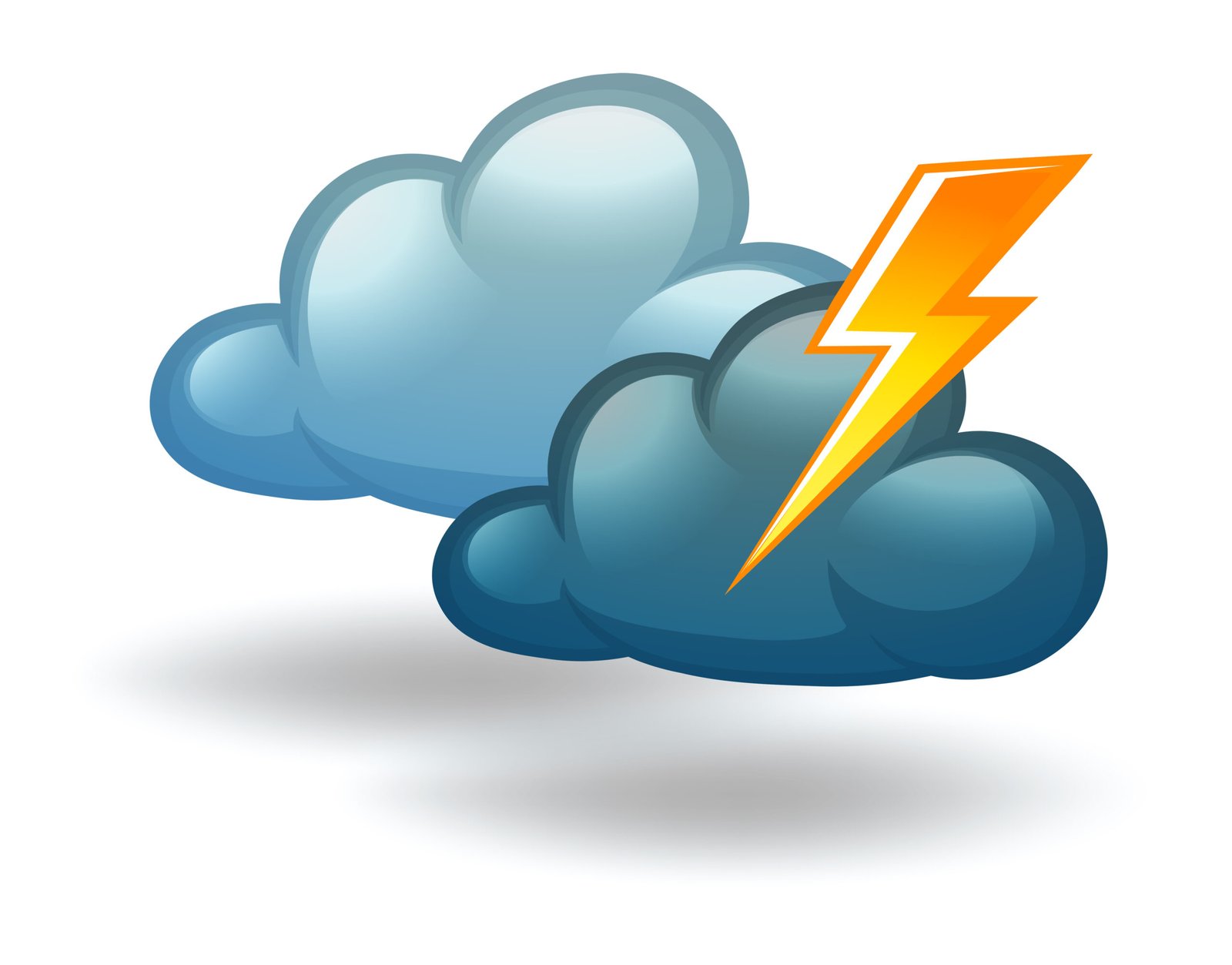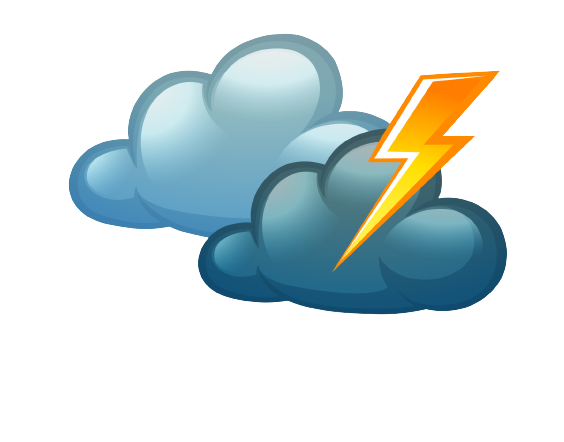[ad_1]
EAST PROVIDENCE, R.I. (WPRI) — Winter is right around the corner, and some areas have already seen a touch of snow.
So what does the upcoming season have in store?
Chief Meteorologist Tony Petrarca takes an in-depth look at the upcoming winter.
Tomorrow on 12 News at 6 a.m. — T.J. breaks down snowfall trends in our area.
Southern New England Winters can be a real roller coaster ride, ranging from bitter cold and excessive snow to mild and wet, with ice and sleet and everything else in between.
Last winter was not harsh at all, with milder temperatures and very little snow. In fact, we received only 11 inches for the entire season.
Seasonal forecasting, months in advance is difficult and certainly not an exact science. However, today’s technology enables us to give a broad, general overview of what the season may be like. Will it be colder or milder than average? Dry or wetter and snowier?
Before we predict locally, we have to look globally, and with 70% of the earth covered in water, we start with one of the biggest driving factors (besides the sun) — the oceans.
Our oceans hold and transport a tremendous amount of energy and moisture, which in turn impacts global weather and climate. Quite simply, the energy from the oceans (among many other factors) can dictate how the winds (jet stream) circulates across the globe. The jet stream in turn, determines the kind of monthly and seasonal weather patterns we have.
The Oceans (All 139 million square miles of it on Earth)
We specifically look at “sea surface temperature anomalies” where waters are running cooler or warmer than average. The most well known ocean anomalies are called El Niño and La Niña, and are found in the equatorial region of the Pacific ocean
El Niño represents warmer waters in the equatorial Pacific, while La Niña is a cooling phase. The last three seasons we have been under the influence of La Niña. This year, the waters in the equatorial Pacific are much milder and we are currently in strong El Niño.

(Colors of light green, yellow and orange warmer than normal Pacific waters)
The El Niño is divided into different zones, so the location of these temperature anomalies are just as important. These warm and cool anomalies can influence global wind circulations and jet streams (storm tracks).
During El Niño periods, we often see an active (stormy) southern jet stream along the southern U.S. from California, across the Deep South and Gulf Coast states.

(General set up of jet streams/storm track across the US during El Nino)
Meanwhile, the northern jet stream (polar jet) tends to be shifted further north into Canada and its normal frequency of bringing colder air into the United States is reduced. The cold air will come, but it may tend to be less intense and more transient. (It comes, then it goes.)
When we look at the NOAA’s precipitation outlook, you can see the signals of above-average precipitation along the southern jet stream. This winter may feature more storms coming out of the Deep South/Gulf of Mexico and moving off the Mid-Atlantic coast. This in turn puts Southern New England on the edge of this active East Coast storm track.

It wouldn’t surprise me to see two or three strong nor’easters this winter. Of course, the specific track of these storms cant be determined this far out. However, using a broad generalization of this pattern, we anticipate above-average precipitation (moisture) this season, along with more coastal storms.

The big question now: Will cold air coincide with these storms to bring snow? At times, yes, and other times no. NOAA’s forecast is for a milder-than-average winter, but keep in mind that a “milder-than-average winter” doesn’t necessarily mean the entire winter is warm.

Excessively cold air is not needed for a snowstorm. Air that is modified, and just “marginally” cold enough can still make the difference with some storms, and at times we will have that setup. While cold air may be less frequent, the more active East Coast storm track should result in more snow than last year (which wasn’t much) and probably snow amounts that are closer to seasonal average this winter season.
While El Nino is a major player, there are other global weather features we look at when trying to make a seasonal forecast. Some of these parameters are as far way as the Indian Ocean, the North Pole and even at high altitudes of the atmosphere above the equator. Lets sample a few other
The Polar Vortex
This feature has become well-known on social media during some winters. The polar vortex is an area of low pressure, a vast domain of spinning cold air across the North Pole. During winter, this vortex can be displaced, which can allow cold air to spill across the continental U.S.

Back in January 2014, a piece of the polar vortex brought extreme cold to the the U.S. Long-range predictions of the vortex are difficult to forecast. The polar vortex is not responsible for every cold outbreak, but certainly the notable ones. We will keep an eye on this feature throughout winter.
Hour by Hour // A close look at the upcoming conditions »
Upper Level Winds High Above the Equator
Another “global puzzle piece” we look at are changing wind patterns in the upper part of the atmosphere above the equator. We will keep this part simple: This features is called the QBO, or “quasi-biennial oscillation”. It’s a periodic change in wind speed and direction (west or east) high above the equator. We are currently in an easterly phase and studies have shown that this phase can sometimes dictate the behavior of the polar vortex and increase the frequency of cooler to colder here in the U.S.
2023-2024 Winter Weather Outlook

- A milder-than-average winter overall, but transient shots of cold air too
- Above average precipitation (rain/melted snow)
- Active East Coast storm track (some nor’easters)
- More snow than last winter
- Total snowfall near seasonal average this winter which around 30″ during Dec. to Feb.

**It should be noted that during El Nino Winters, the season can sometimes get off to a slower start in December, meaning the better chances of colder air, ice and snow occurring during January And February**
~Chief Meteorologist Tony Petrarca
[ad_2]
Source link



